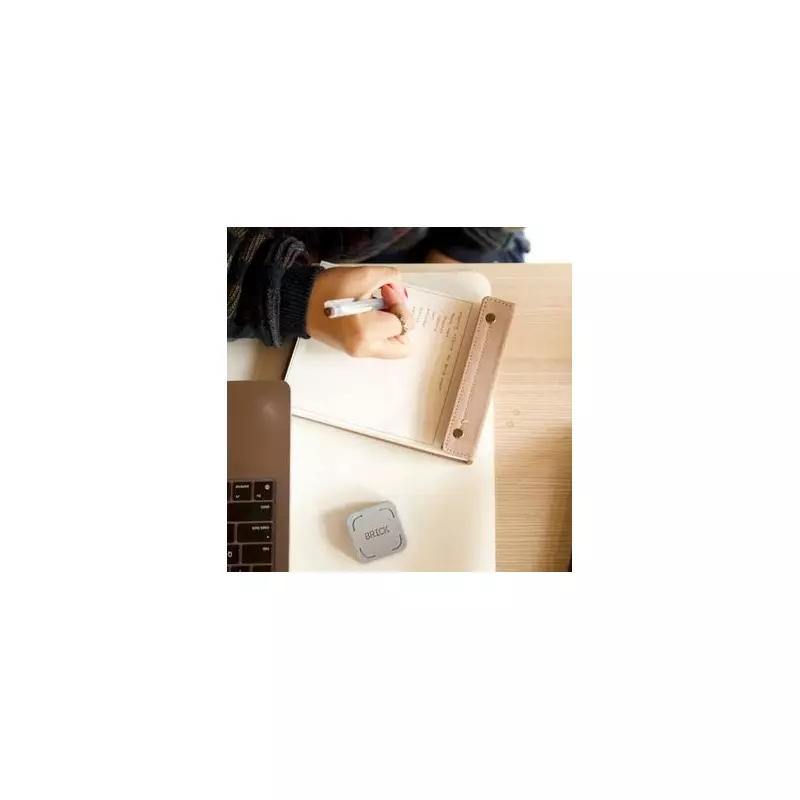
Like many people in the UK, I found myself in a constant battle with my smartphone. The screen time warnings on my iPhone felt less like a helpful reminder and more like a minor inconvenience, a hurdle I would effortlessly tap away with a quick 'ignore limit for the day'. This cycle of mindless scrolling was turning my brain to static, and I knew I needed a more substantial barrier between me and the digital abyss.
What Is Brick and How Does It Work?
Enter Brick, a £55 device that promised a solution. This isn't a building material, but a small magnetic square invented by two Gen-Z university graduates in America who, like me, felt overwhelmed by their phone distractions. The premise is simple: create a physical obstacle to your digital habits.
After downloading the accompanying app, you select which apps to restrict—be it Instagram, TikTok, or others. To activate it, you press a button in the app and tap the Brick against the back of your phone, much like making a contactless payment. To deactivate it, you repeat the process. When active, Bricked apps are greyed out and display a plain, dark screen with a message informing you the app is off. A slightly cheesy button labelled 'Back to what matters' returns you to your home screen.
My One-Month Trial: A Surprising Success
I tested Brick for nearly a month, and the results were astonishing. My initial strategy of manually Bricking my phone when I felt the urge wasn't as effective. The real game-changer was the schedule feature. I created two modes: one for work and another for sleep, automating my digital detox.
The most unexpected outcome was how little I thought about the restricted apps once Brick was active. I had assumed I would need to hide the device to stop myself from disabling it, but that never happened. I kept it within arm's reach on my desk or nightstand, yet felt no compulsion to use it. The psychological barrier it created was powerful.
The Verdict: Is It Worth £55?
So, is this pricey little magnet worth the investment? At £55, it's not an impulse buy, but the value becomes clear when you break down the cost. Over 26 days, my phone was Bricked for an average of 11 hours and 45 minutes per day. This works out to a cost of just 18p per hour for over 306 hours of reclaimed focus.
The data speaks for itself. When I started, my daily screen time was a staggering five hours and 57 minutes, with TikTok alone taking up one hour and 26 minutes. After two weeks, my overall screen time dropped to three hours and 46 minutes, and my TikTok use plummeted to just 42 seconds per day. By the end of the month, my daily average was down to three hours and 32 minutes—a 41% reduction overall and a 25% decrease in TikTok use.
Beyond the numbers, the true benefit is a healthier relationship with my phone. My mind feels less cluttered, and I am finally able to watch a film without glancing at my screen. For anyone seriously struggling with phone addiction, Brick offers a tangible and effective solution that delivers on its promise.




